|
Sous what? Sous vide. Most people fall into one of two camps: Either they've never heard of sous vide cooking or they're already diehard fans. If you're one of the former, hopefully we can inspire you to give this trendy technique a try. And if you've recently received or purchased a sous vide precision cooker and haven't yet taken the plunge, this is a great place to start. Sous vide, which is French for "under vacuum," refers to the process of placing food in a vacuum-sealed bag and then cooking it in hot water using an appliance called a precision cooker. (Technically, the precision cooker isn't required, as you can improvise with a resealable bag and a large stock pot or a cooler—but it does make the process easier and more foolproof.) Sous vide cooks food at a very precise temperature, so the results are more consistent than conventional methods. While oven cooking can sometimes leave your meals on the dry side, cooking in water helps food retain its juices and flavors. You also won't have to worry about hovering over the cooker and triple-checking to make sure your meal isn't getting overcooked, as the precision cooker will never go over the optimal temperature. Chances are you've eaten food prepared using the sous vide method at some point, as many upscale restaurants have been using this technique for years. Now that precision cookers are available for affordable home use, anyone can enjoy the delicious results. Tips for Successful Sous Vide CookingWhile sous vide cooking does eliminate a lot of room for error, there are a few strategies for ensuring that the result of your recipe tastes (and looks) its best. Make sure the temperature and cooking time match what you're cooking. Depending on what type of food you're preparing, it may require a different time and temperature. A thick steak will cook longer than a thin piece of halibut, for example. Follow the recipe instructions carefully. The Pratesi Living blog offers some recommended temperatures for various foods:
While some people prefer to add butter, oil or some other wet marinade or seasoning to the bag prior to cooking, the experts recommend only using enough to cover the surface of the food. It may be easier, and just as flavorful, to sprinkle meat or fish with some dried herbs and spices before putting them in the bag. |
More From SparkPeople
|

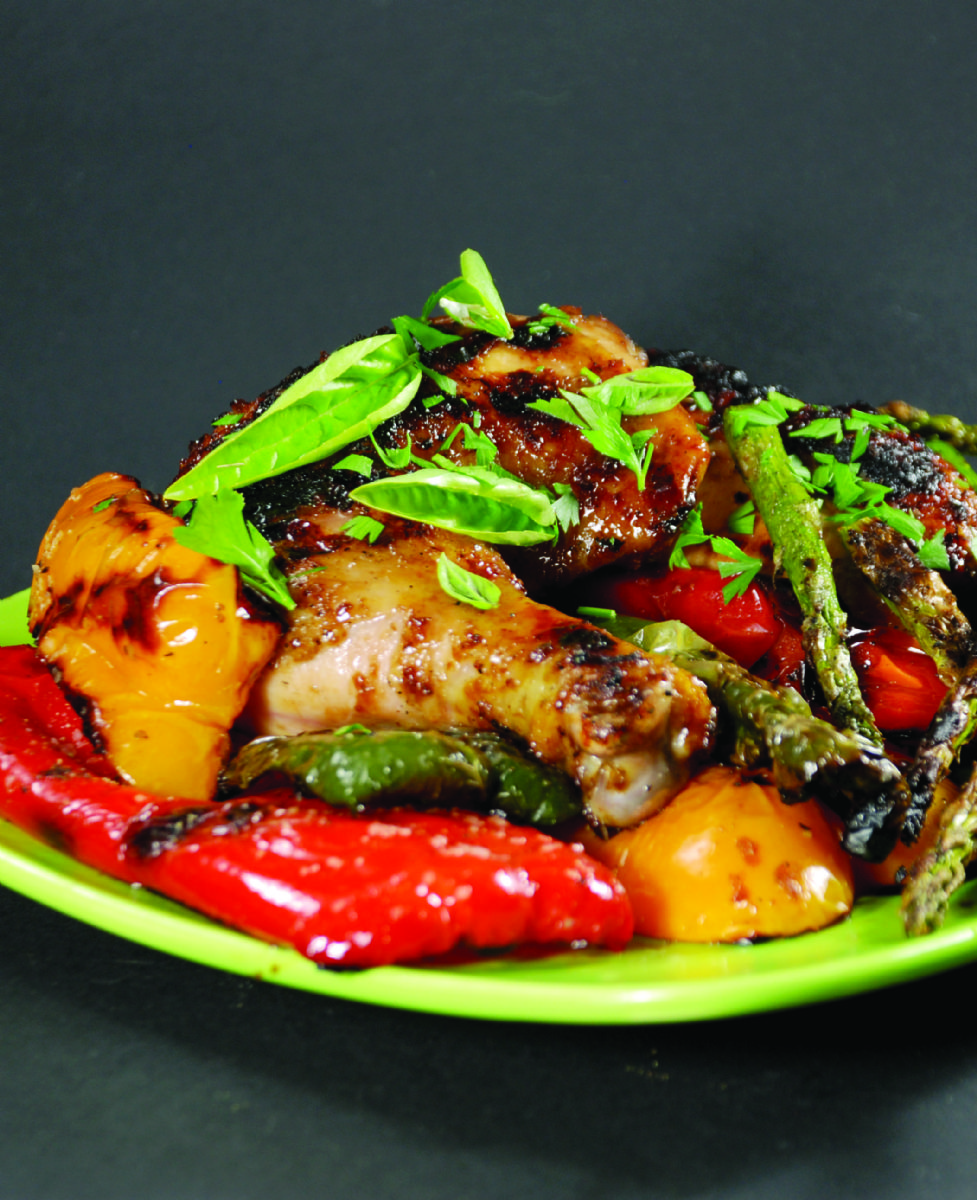
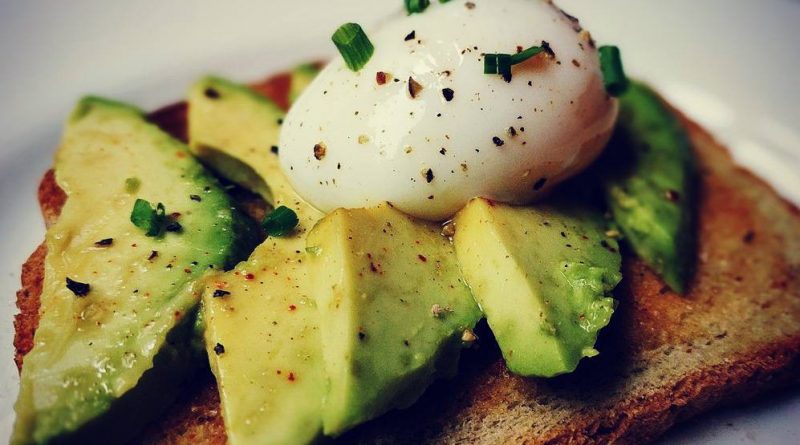
.jpg)
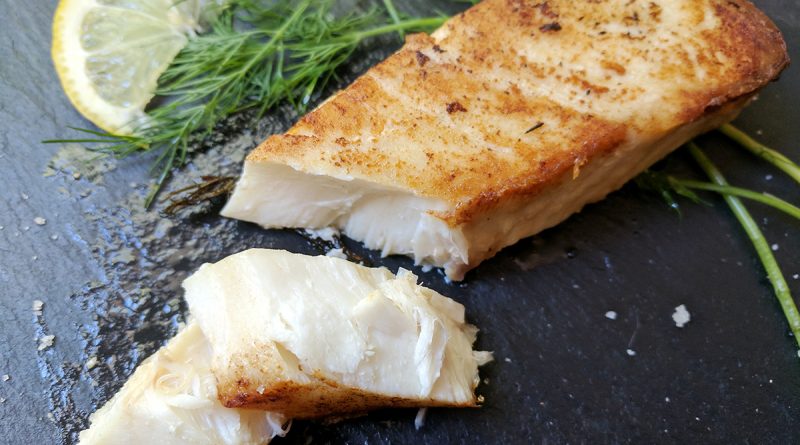
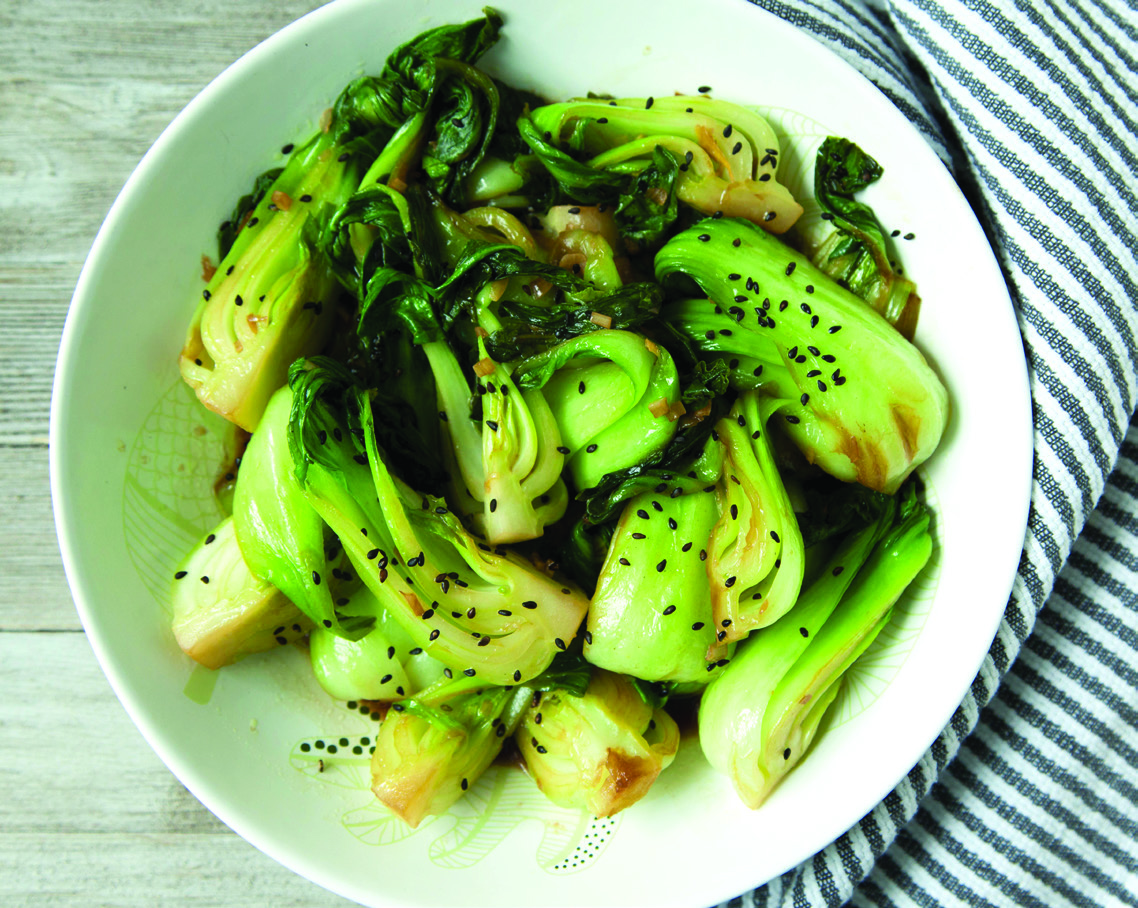

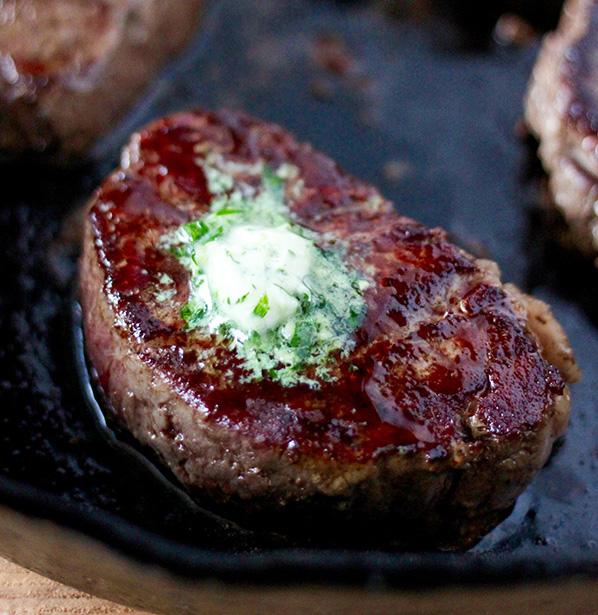
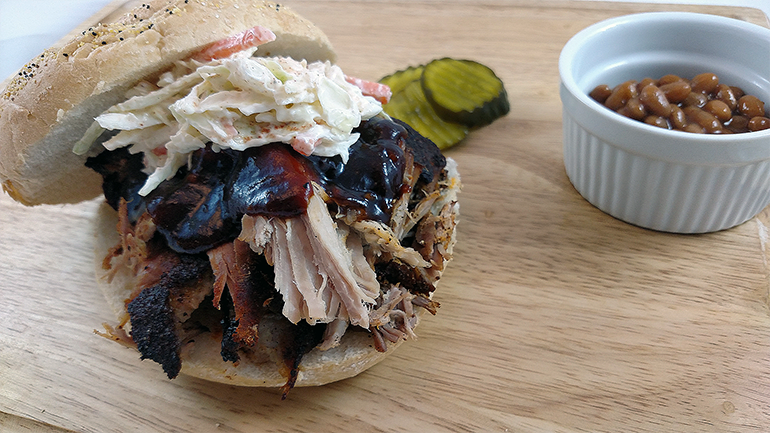
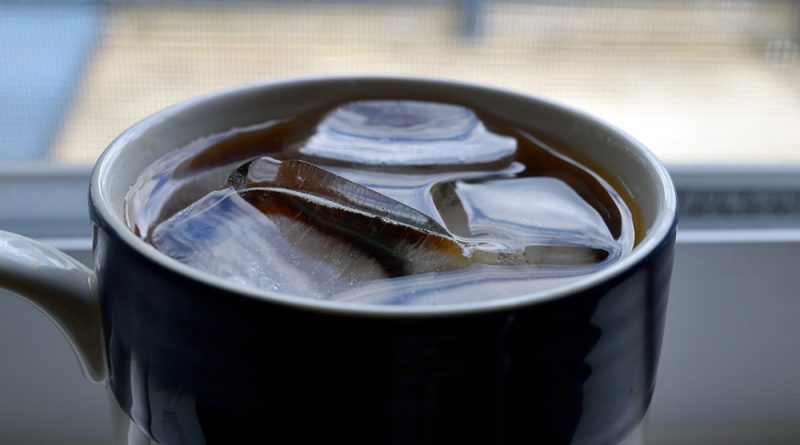

.jpg)


















